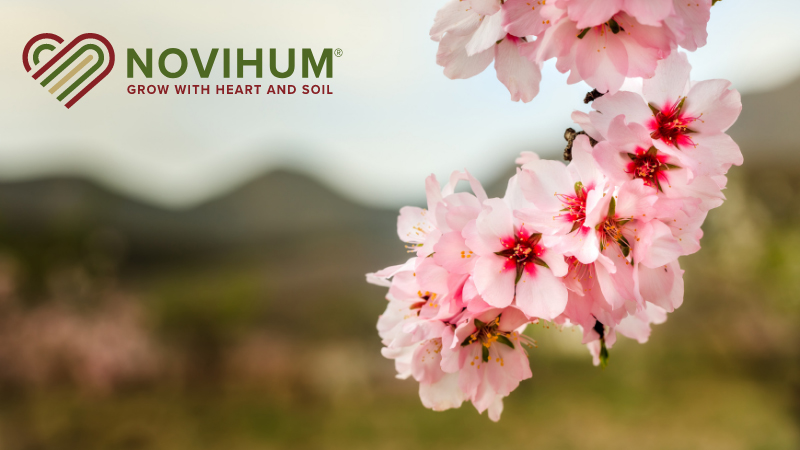Avocado Tree Killer On The Move In Florida

Photo courtesy of UF/IFAS
For avocado farmers in Florida, laurel wilt disease is a major concern that continues to grow. Not limited to just professionals, the devastating malady also should be on the radar for homeowners with avocado trees in their landscape. According to Jonathan Crane, a UF/IFAS Professor of Horticultural Sciences and a Tropical Fruit Extension Specialist, the pathogen has now been reported in all but six of Florida’s 67 counties.
The only counties not to have reported laurel wilt are Escambia, Santa Rosa, Okaloosa, Gulf, Franklin and Wakulla – all in the Panhandle.
“Eventually, all Florida counties will have laurel wilt,” Crane said.
More than 12,000 commercial avocado trees have been destroyed by laurel wilt, representing about 1.5% of avocado trees grown for farming in Florida. More than 98% of Florida’s commercial avocados are grown in Miami-Dade County, but new production areas are emerging to the north, plus avocado trees are popular in residential landscapes.
Though he doesn’t have specific numbers for the residential avocado tree problem, Crane said more and more UF/IFAS Extension faculty are telling him that their clients are calling about dying avocado trees. Crane is giving tips on how to combat the problem.
Among Crane’s recommendations:
- Maintain the health of your avocado tree and other nearby trees. Healthy trees are less attractive to redbay ambrosia beetles (the vector of the disease). Avocado trees benefit from a good fertilizer program and periodic irrigation.
- Report any suspicious redbay, sassafras, and avocado trees to the Florida Division of Plant Pathology. Look for rapid wilting, dieback, and insect boring. Please be sure the tree is a member of the laurel family.
- Trees affected by laurel wilt or suspected to be positive for laurel wilt disease should not be moved from the infested property unless taken to the local landfill and destroyed or buried. Contact your local waste disposal service for disposal options and procedures. An option is chipping or grinding the entire tree (including the trunk) and tarping the chips for at least one week. The chips may then be used a mulch.









